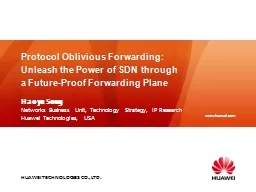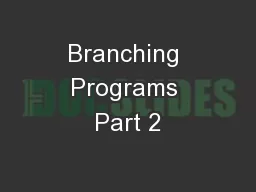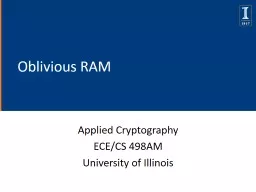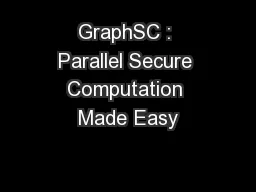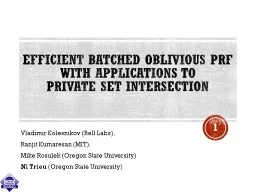PPT-Protocol Oblivious Forwarding:
Author : karlyn-bohler | Published Date : 2018-12-06
Unleash the Power of SDN through a FutureProof Forwarding Plane Haoyu Song Networks Business Unit Technology Strategy IP Research Huawei Technologies USA What
Presentation Embed Code
Download Presentation
Download Presentation The PPT/PDF document "Protocol Oblivious Forwarding:" is the property of its rightful owner. Permission is granted to download and print the materials on this website for personal, non-commercial use only, and to display it on your personal computer provided you do not modify the materials and that you retain all copyright notices contained in the materials. By downloading content from our website, you accept the terms of this agreement.
Protocol Oblivious Forwarding:: Transcript
Download Rules Of Document
"Protocol Oblivious Forwarding:"The content belongs to its owner. You may download and print it for personal use, without modification, and keep all copyright notices. By downloading, you agree to these terms.
Related Documents

